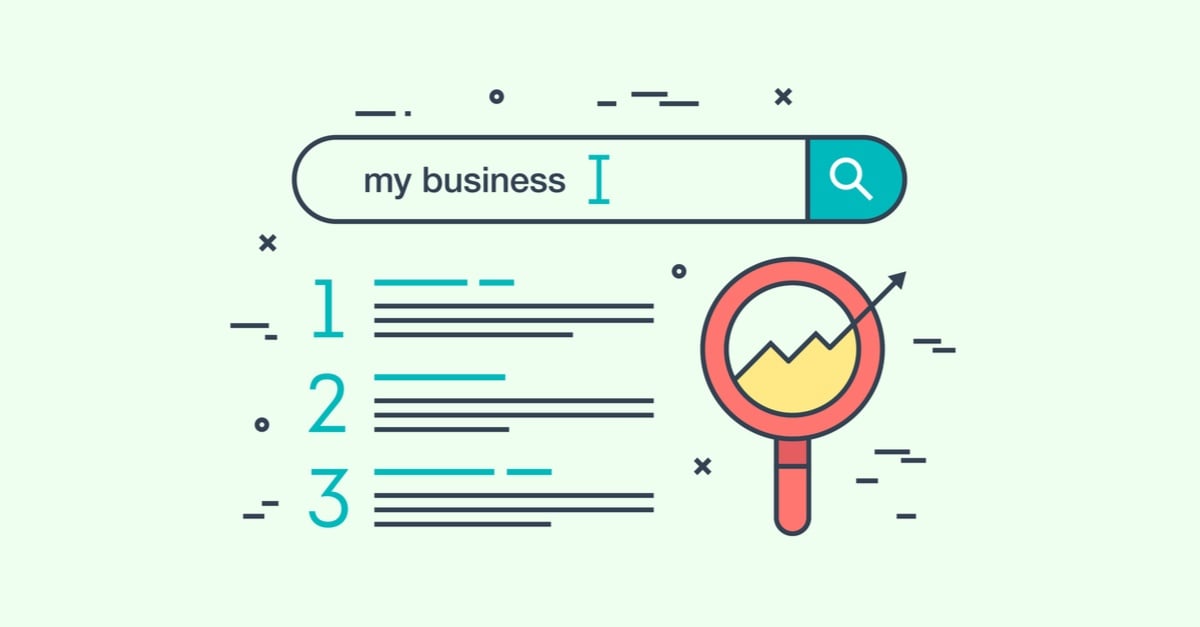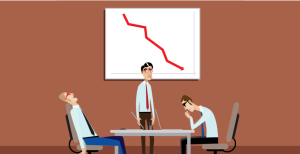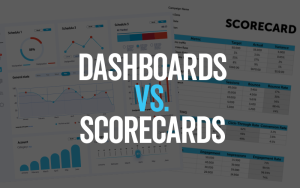Running a website is a stressful job. And nothing causes more stress than watching your visitor traffic go up and down. Small fluctuations are completely normal and shouldn’t be cause for too much concern. But if you see a sudden, massive drop in traffic on your website or even a steady decline, then something is wrong.
Before you throw your hands in the air and quit, realize that there are a lot of reasons for a drop in website visitors, and not every reason is a major catastrophe. The following list will help you figure out why your website is getting fewer visitors.
1. Is your website content fresh and updated regularly?
Google and other search engines love constantly updated content, and will generally reward websites with higher search engine rankings. Further, if your site is constantly updated, visitors will be more likely to return because they know they’ll get new information every time.
If you’re seeing a drop in web traffic, check your content. A static website that just sits on the internet likely won’t draw new visitors or keep old visitors from returning. A simple blog is usually all that’s needed. Just make sure you have a new post at least once a week.
Related: How to Drive Traffic to Your Website
2. Your email marketing strategy.
Email lists are an invaluable tool because your subscribers are people who like your business and want to hear from you. But if your email content is sub-par, you’ll not only lose subscribers, but those that remain will be unlikely to visit your website. Other poor email strategies are about frequency, like sending too many emails (multiple emails per day will send subscribers running) and not sending enough emails (without consistent nurturing, subscribers will forget about you).
While there’s no definitive rule about how many emails you should send your subscribers, more than once per day is too much. Further, your emails should provide value to your subscribers so they have a good reason to visit your website. Good reasons include discounts on products/services, event invitations, valuable information, and so forth.
3. Website speed is very slow.
Nothing will send visitors running faster than a slow website. People simply don’t have the patience for a slow site, so check your speed if you notice a sudden drop in traffic. There are a variety of free online resources to test performance like Google’s handy PageSpeed tool.
Typical culprits include over-sized images (or photos that are not optimized for web use), uncompressed media files, weighty add-ons to the source code like extra javascript or plug-ins, or just plain ineffective programming.
Pinpointing the cause of the problem might take a little detective work, but in some cases, the fix can be easy. If bad code is the issue, you’ll need a web developer to come in and clean things up. If they can’t find any problems and your website is still running slow, contact your hosting provider.
A good web development team knows the tricks to maximize website performance. From minifying code and compressing files to database clean-up and management a high-performing site requires regular clean-up and maintenance. If it’s been a while since your last tune-up it’s time to have an expert take a look under the hood.

Keep Calm and Vector/Shutterstock.com
4. Search engine ranking drop.
Google is fickle; a small change to their search algorithm can send your rankings into a tailspin. Your traffic can still decline even if Google hasn’t changed a thing (lately). For example: stale content (see number one above) may have a significant impact on your rankings. Or maybe you broke one of Google’s many rules and they pushed you further down because of it. The reasons for a search engine drop can be difficult to pin down so analyze and reconsider any recent changes made to your website.
Related: How to Rank on the First Page of Google
5. Advertising strategy changes.
If you’ve been advertising successfully on social media websites like Facebook, then suddenly switch to television, you should think about going back to what worked before. Once you find an advertising strategy that is bringing in quality traffic, stick with it. Though you should revisit your advertising platforms regularly to see if any small tweaks need to be made.
6. Your website isn’t optimized for mobile devices.
A huge chunk of web traffic comes from smartphones and tablets. If your website isn’t mobile compatible it’s likely almost impossible to navigate on a hand-held device. If that’s the case you’re way overdue for a rebuild.
Responsive websites are the standard now, meaning your website scales proportionately for every screen size. A few years back Google changed their algorithm to favor Responsive websites over those that are not. Even with a Responsive website further optimization can be necessary; information often needs to be specifically tailored to display differently in a mobile environment.
If you’re using WordPress or HubSpot for content management and optimization a mobile upgrade is fairly straight-forward. These platforms utilize Responsive themes – your web design and development teams can help with the transition or further customization. If you’re not using one of these tools it’s really time to consider them.
Related: Why your website needs HTTPS & SSL/TLS
7. Slow server speed.
Hosting services come in a wide range of plans and alternatives, but like most things you get what you pay for. Discount alternatives are usually ‘Shared’ hosting, meaning your site is one of many in a group environment. In most cases that’s hundreds or even thousands of sites on a single server and everyone is pulling from the same allocation of resources. As you might imagine performance can vary, and often the speed of your site can fluctuate dramatically.
Talk to your tech team or hosting provider about an upgrade to Dedicated hosting, meaning your site shares far fewer resources with others. Another alternative is to find a new hosting company that can better meet your needs. Migrating your website from one server to another is tricky business, so make sure you have a technical expert do the heavy lifting.
In the rare case that your servers are in-house, you need to get into this century! Like 8-track tapes it’s a thing of the past. Self-hosting simply can’t compete with the speed and efficiency of today’s giant server-farms and data-centers, and does not have the protocols, redundancies and fail-safes necessary to ensure optimum performance and security. Talk to you web development expert about moving your website to a co-located facility with a professional infrastructure.
Related: 5 Questions for Evaluating Website Development Vendors
8. A big source of traffic has disappeared.
Other than search engines, your traffic might be coming from other websites. These can include everything from an affiliate website to a news site. Look through your analytics data to see what traffic referral source has suddenly disappeared. Once that is identified, you can work on getting that referral source back.
There are a lot of reasons why a website can suddenly lose traffic. It might be one simple thing or a combination of stuff that took your site’s traffic away. Regardless, it’s always a good idea to get your traffic from a diverse number of sources. This means having a combination of good search engine rankings, a solid email list, stellar content, and a good technical back-end to keep things running smoothly.
This way, if one source of traffic suddenly disappears, your website will still be getting visitors from other sources to keep you afloat. Like the old saying goes, don’t put all your eggs into one basket.
If you’re still not sure why your website has declining traffic, contact the website experts at Ironmark. From mapping to design to e-commerce integration, our team can help give your website the boost you’ve been looking for.




